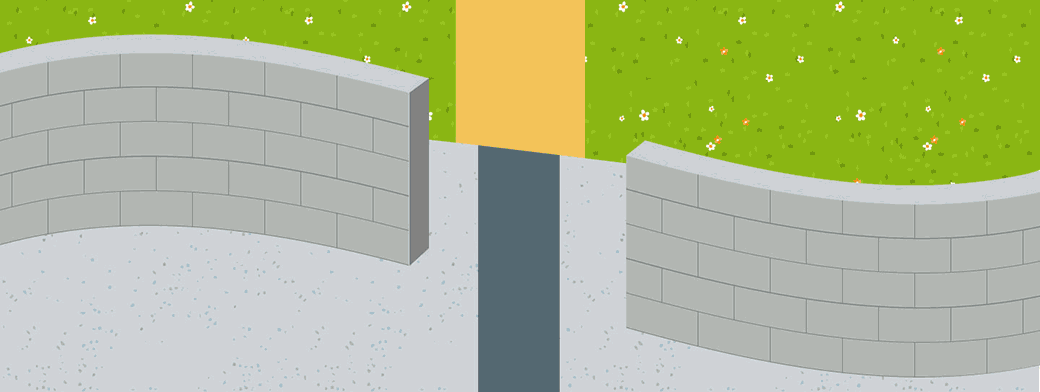Playground Games Throughout the Ages
Playground games from yesteryear are still being played up and down the country. Why is that? Who teaches them? Who documents them? Who monitors and changes the rules? Well, the answer is children!
Games played in the playground are rich in learning and development opportunities and satisfy children’s social and competitive needs.
The popularity of the following playground games through the decades is a testament to this, and many games get passed down generations from year group to year group. See how the games change and how many you recognise here:

1960's
Playground Games

Skipping
Skipping/jump rope has stood the test of time, and is still popular today. It is a collaborative activity involving children jumping over a rope swung under their feet and over their heads. It is even now considered a sport!

Conkers
Autumn conkers are always exciting finds for children and have endless possibilities. In this instance, children would gather the shiny brown horse chestnuts that had fallen from the trees, make a hole through them and thread a string. In pairs, children take turns to hold up their conker while the other child hits it with theirs. The conker which remains in best shape becomes the winner and the prized possession.
Children can also experiment, and become scientists, as they think of ways in which they can make their conker stronger. Some children would soak their conker in vinegar or even, with the help of an adult, bake it in the oven!

Jacks, Dibs or Fives
Played with a range of treasures which children can gather (stones, bones, seeds, filled cloth bags, counters), this classic game requires attention and patience.
Children take turns in throwing five or more counters, for instance, into the air with one hand and aiming to catch them either in the palm or the back of that same hand. Those caught count for the player, and those that missed, count against.
Hopscotch
This long-standing game dates back to the late 17th century, first referenced in the English-speaking world as "scotch-hop" or "scotch-hoppe”. Hopscotch is a children's game that can be played individually or as part of a group. It is a popular playground game in which children toss a small object into a pattern of rectangles outlined on the ground and then hop or jump through the spaces to retrieve the object.
The game often maintains children’s interest through additions of rhymes as they hop, or by concentrating their hand-eye coordination on aiming the object at a particular number.
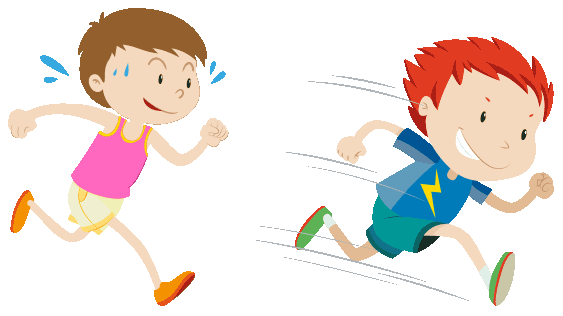
It, or Tag
A game that could involve large groups of children and last for hours! One child is picked to be ‘It’ and runs after the other children trying to catch and tag them. The tagged person would then become It and the chasing game continued.

Yo-Yos
Although a 1960’s craze, Yo-Yo’s have been seen to make reappearances throughout the decades. They have been reintroduced to captivate audiences in the following years – and still popular today – the Yo-Yo now incorporates ball bearings and transaxles, allowing the Yo-Yo to 'sleep', making tricks such as 'rock the baby' possible.
1970's
Playground Games
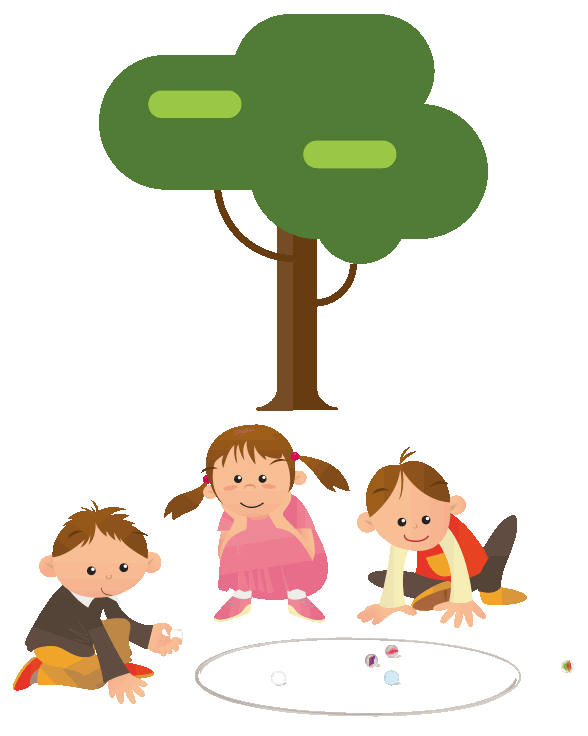
Marbles
Those that played marbles will remember how weighty they became when lugging them about in your school bag! Marbles were an appealing collectable as children engaged in two different games: the simple friendly type whereby your marble collection can be showed off and the more serious competitive type whereby your marble collection was up for grabs.

Clackers
First becoming popular in the late 1960s and early 70s, Clackers are two plastic spheres suspended on string. The name derives from the ‘clacking’ sound made when the balls hit each other whilst being swung up and down.
The aim of clackers is to get exactly the right up and down hand motion to get the balls to knock together. Patience and certainly persistence was tested during this game as it had the potential to leave bruises whilst perfecting the correct motion.
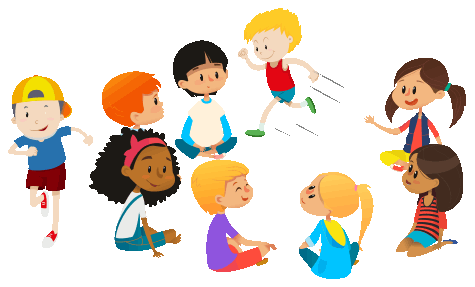
Duck Duck Goose
Another version of a chasing game that, like musical chairs, lead to more than one person trying to dive into an unoccupied space! A group of people sit in a circle. The person who was 'it' would walk around the circle, tapping one person on the head while saying "duck".
They would choose a person to tap “Goose”, at this point, the 'goose' would jump up and chase the person who tapped them around the circle in the hope of catching them before the tagger takes their seat in their unoccupied space.
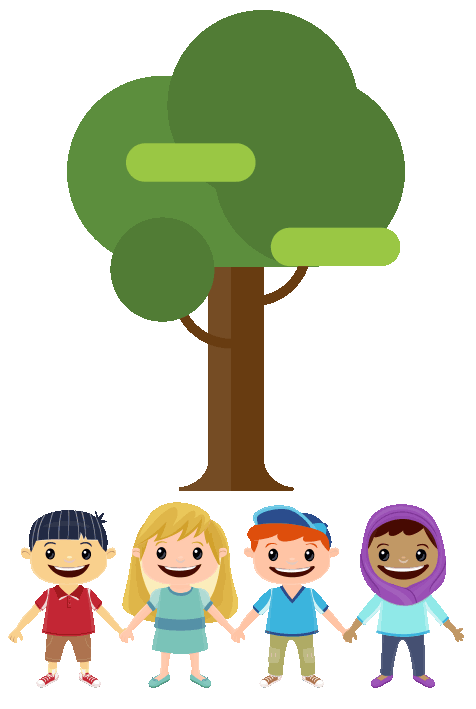
Red Rover
This is an adrenaline-charged game in which responsibility shifts from individual to team very quickly. Players are divided into two lines facing each other, holding hands and spread out, with enough distance for a running start between the lines. The first team beckons a person on the second team by calling, "Red Rover, Red Rover, send ___ right over!"
The named child must run at full force towards one of the gaps in the opposing line, trying to break through a pair of clasped hands. If the player gets through, they return to the original line. If they fail, they must join the line they couldn't break. The other team now calls for someone to run right over and do the same. The game continues until one team has absorbed all the players.
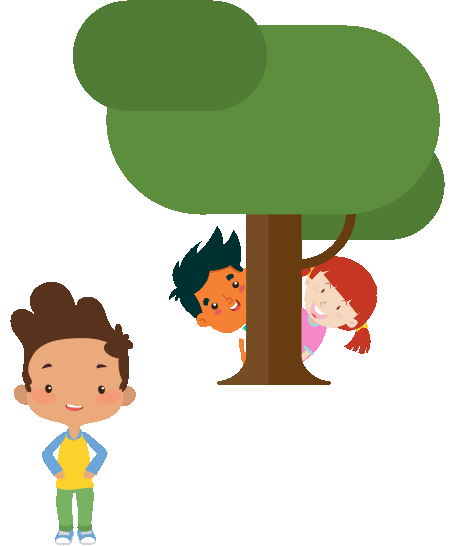
Sardines
The intriguing name reflects all of the children hidden together and squeezed up like sardines! This is a version of hide and seek in which, initially, only one person hides and all of the others look. Those who find the hidden player join them in hiding. This continues until all of the children squeezed up together are found by the last player.
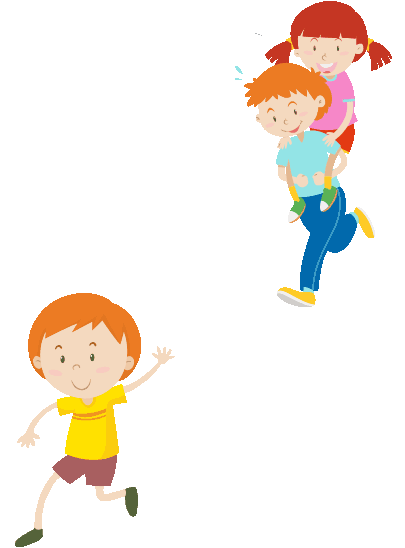
1980's
Playground Games

Stuck In The Mud
An intriguing game combining aspects of individual player responsibility and a cooperative group member identity. This is a version of tag in which the person that has been 'tagged' has to stand still (seen as being stuck in the mud) until they could be 'freed' by another player crawling under their legs.
There would always be a heroic player who would sacrifice their own ‘freedom’ for rescuing another player as they get tagged and ‘stuck’ in the process. This game would often place children in a situation of difficult decision making, risk taking and even testing friendships!
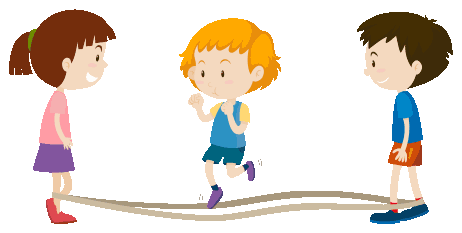
Elastics
This game is perfect for those who love rhyme and rhythm combined with movement. It involves a piece of elastic being stretched out around the ankles of two people, while others would jump in and out of the elastic. Perseverance is certainly developed when coordination is tested through faster rhymes combining difficult movements with speed.

Cops And Robbers
This is a classic children’s game that can be seen as an extended version of ‘it’ or ‘tag. Two teams are formed, the cops and the robbers, and just like in a game of tag, the cops chase the robbers until they catch them all. The cops pick out a ‘jail area’, which can be a tree, playground equipment or any big object.
The game begins with the cops in the jail counting slowly to 15 whilst the robbers run and scatter to get away from the cops. Once finished counting, the cops tag the robbers and place them in the jail. This continues until the jail is filled with all of the robbers.
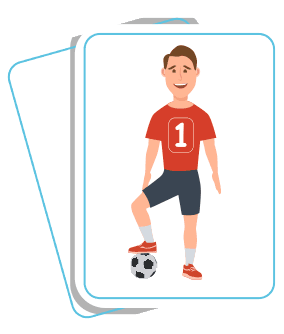
Football Stickers
During the late 80’s and 90’s thousands of 9-11-year-olds, primarily boys, had one aim: to complete their sticker album. Playgrounds were filled with repeated chants of “got, got, need” as children flicked through each other’s sticker cards during tradings.
Football stickers became the currency of playgrounds as each school denoted its own value, such as 2-5 ‘normal’ stickers for a rare ‘shiny’ one. If you managed to bag a rare holographic ‘shiny’ sticker you could instantly reach ‘godfather’ status on the playground!
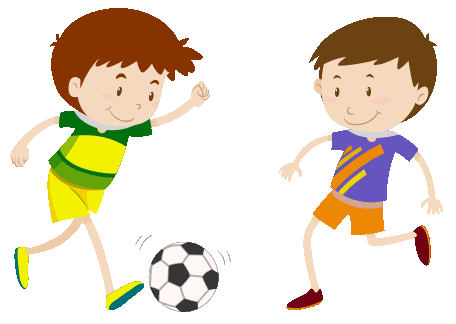
Wall-y
This simple version of football was perfect for those who loved the game but could not find enough players for two teams. This game would support children’s critical thinking skills as they would be using tactical thinking, devising a plan and problem-solving.
Players took it in turns to kick a ball against a wall from wherever the ball stopped (unless you were skilful enough to hit it while it was still moving). The first person to miss the wall lost, or sits out until there is a winner at the end.

British Bulldog
This game is all about speed and tactics. One player starts as a 'bulldog' facing a number of children who need to run from one end of the playground to the other, with the idea of capturing someone who would become a fellow bulldog.
Eventually, there would be as many bulldogs as there were runners, which is where the real appeal is as every child aims to be the uncaught champion whilst the rest of the players team up and all identify as ‘bulldogs’ with a common purpose: to catch the last player!
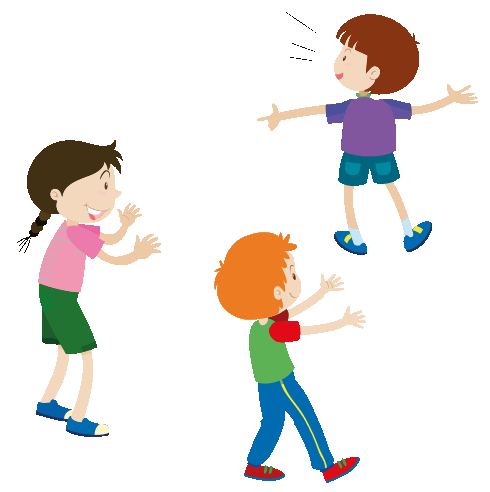
What Time Is It Mr. Wolf?
The game begins with one child chosen to be Mr Wolf, and standing at one end of the playing area. The rest of the players stand in a line at the other end. Mr Wolf turns his back to commence the game.
The players call out, "What's the time Mr Wolf?" and Mr Wolf turns and answers with a time of choice, such as 3 o'clock. And the group would take three steps forward. He then turns his back again while the children advance chanting "What's the time Mr Wolf?" To which Mr Wolf will continue to respond until the players come very close.
Once the line of players is close to Mr Wolf, he can respond to the chant with "It's dinner time!" at which point, he will chase the players back to the starting line with the aim of catching one of them, who will then become Mr Wolf for the next round of the game.
1990's
Playground Games
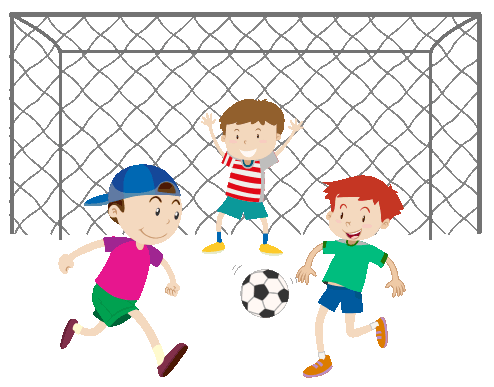
Header and Volleys
This mini version of a football game allows everyone to be engaged at all times. Playing with a football, you would only use one goal and there would be just one keeper. Everyone else would have to set each other up to score, either a header or a volley (volleys had to be scored from outside the 6-yard box). If you kicked the ball wide, or over, you automatically went in goal.
This game combines teamwork and collaboration to score as an individual player. On some occasions, children chose to play with points, whereby the goalkeeper who conceded the goal would lose 1 point for a header and 2 points for a volley (each player started on 10).

Tamagotchi
Seen by many as the biggest school craze of all, Tamagotchis really hit the heights of popularity in the UK around 1997. Tamagotchi was a handheld digital pet that you ‘cared’ for by feeding, cleaning and playing with it.
The main aim was to keep your pet alive, which placed a huge amount of responsibility upon children who were the sole carers of their demanding digital pet, requiring them to make regular checks, which may be the principal reason behind the Tamagotchi ban in many schools!
Many children inevitably developed an attachment to their digital pet. The nurturing of the pet allowed children to gain a sense of ownership and develop various care and attention skills.

Tech Decks
Skateboarding was relatively expensive and painful for school children in the late 90s, yet the influence of computer games, such as the much-celebrated Tony Hawk Pro Skater games, brought about an emerging skating scene and encouraged children to explore every avenue of the craze.
Tech Decks - skateboards for your fingers - were perhaps the next best thing. Quick fingers could master moves in minutes that would take months to learn on a full-size board, so they took a firm place in playgrounds up and down the country.
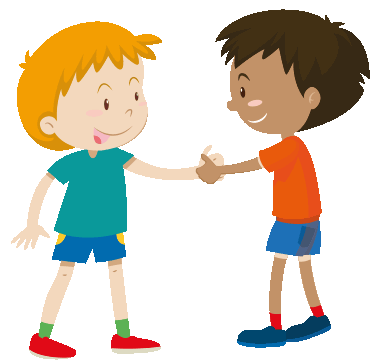
Thumb Wars
"One, two, three, four, I declare a thumb war..."
A game which, although rather simple, requires strength, problem solving, establishing a plan, quick in the moment thinking as well as changing strategy. Two players interlocked their hands leaving their thumbs free and passing their thumbs over each other in time with this rhyme. Then follows a thumb battle to try and pin the other person's thumb under yours for five seconds.
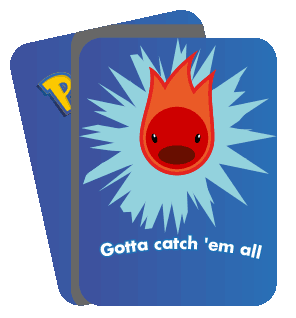
Pokemon Cards
Pokémon's huge popularity originated from children’s interests of media and grew into the trading card phenomenon in playgrounds. Although by taking on battling rules, children would be practising and extending their mental maths and problem-solving skills, the cards were most commonly used for trading. The popularity of trading, as opposed to the battling aspect of the game, developed from the social appeal of this activity.
Children would be required to use complex decision-making skills, negotiation, conflict resolution and make compromises as they would trade rare, beloved and even expensive cards.
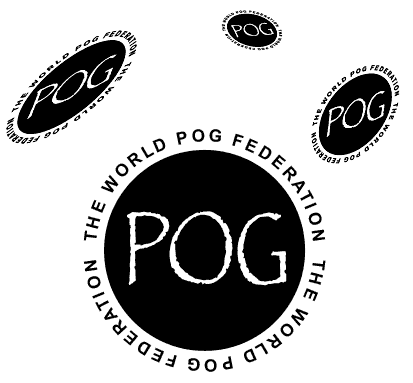
Pogs
Pogs were launched in 1995 in the UK and around 30 million have been sold. They were printed with the most 90s-style graphics you'll still see to this day. Pogs were scattered with a "slammer" and those that laid face up were yours to keep.
Sets were dedicated to anything from Power Rangers to Jurassic Park. The appeal of Pogs originates from children’s popular media interests. The various themes allowed children to reflect on their interests socially. The cards became more of a social and collectable resource rather than used to play as directed.
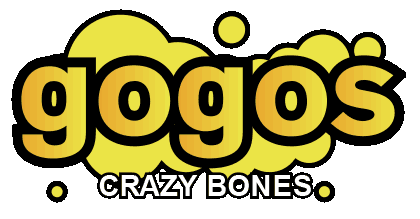
Crazy Bones
These mini collectable figures became a popular trading craze across children. You’d throw them and depending on how they landed (front/back/standing up/upside down) determined the points you got.
The game was very similar to 1950’s Knucklebones played with stones, seeds or animal bones, but Crazy Bones had a lot more appeal through each brightly coloured individual character. The characters easily became collectables, even with rare figures which became highly wanted and in demand.
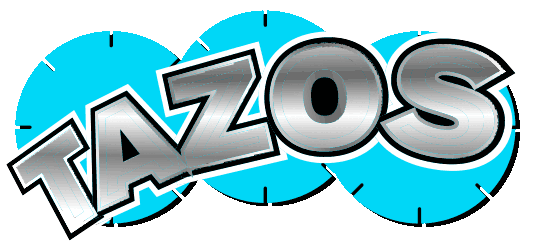
Tazos
Following the Pog phenomenon, Walkers Crisps introduced something rather fantastic to playgrounds around the country in the mid-90s. Tazos were essentially Pogs with notches around the edge, allowing them to interlock. You could build towers or construct whatever you wanted. The actual designs started with a Looney Tunes range in 1994, later, a Star Wars collection was released, complemented by a collection book.

Slaps
Red hands, also known as hot hands, slapsies, slaps, or simply the hand slap game, is a game which can be played by two players.
One player extends their hands forward, roughly at arm's length, with the palms down. The other player's hands, also roughly at arm's length, are placed, palms up, under the first player's hands. The object of the game is for the second player to slap the back of the first player's hands before the first player can pull them away. If the slapping player misses, the players swap roles and play again.
2000's +
Playground Games

Parkour
Parkour is probably one of the most active, fastest and certainly riskiest playground games. It can be best described as a training discipline using movement, where people aim to get from one point to another in a complex environment, without equipment and in the fastest and most efficient way possible.
Parkour includes running, climbing, swinging, vaulting, jumping, rolling, and other movements as deemed most suitable for the situation. It is an activity that can be practiced alone or with others and is usually carried out in urban spaces, though it can be done anywhere, including playgrounds.

Scoobies
Scoobies were colourful plastic string which children used for crafting into bracelets, charms and onto pens. These required concentration and developed children’s acquisition of mathematical concepts as they crafted with a variety of different complex knots. The square (or box) stitch was most popular, along with spiral knot, cobra twist, the Chinese staircase and the butterfly stitch.

Loom Bands
Probably all school playgrounds of recent times have been invaded by colourful bands. Similar to Scoobies, these open-ended Loom bands sell for as little as £1.99 for 1,800 and can be crafted into many different things such as bracelets, charms, necklaces and hair accessories.
An additional product, the Rainbow Loom is a plastic device that can be bought to knit the bands. This was very appealing for those who were not the most skilled at crafting with their hands as it allowed everyone to enjoy the Loom Band craze. Unsurprisingly selling more than 3 million units worldwide.

Beyblades
Beyblade is a line of spinning top toys originally developed and manufactured by Takara Tomy, first released in Japan in July 1999, it soon made its way to the UK. The main appeal for children was the customisation aspect of Beyblade, with interchangeable parts. Some children spun them in a plastic ‘arena’ to last longer, or knockout their opponent.
Does Spin Dragoon ring any bells with anyone?


